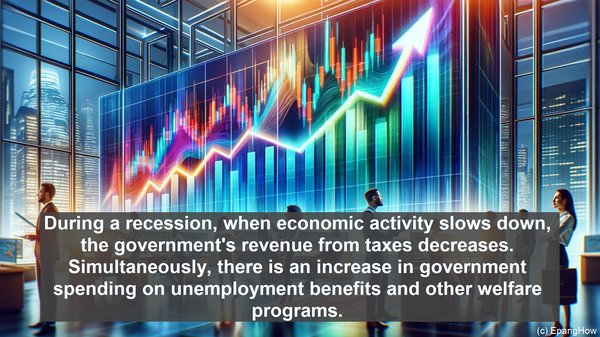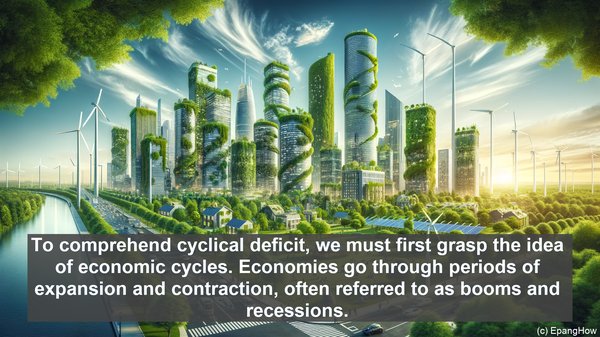Introduction: The Complex World of Deficits
Hello everyone, and welcome to today’s article. When it comes to the realm of economics, deficits play a significant role. They are indicators of the financial health of a nation, and understanding their nuances is crucial. In this article, we will be focusing on two types of deficits: cyclical deficit and structural deficit. While they may sound similar, they have distinct characteristics and implications. So, let’s dive in and explore the differences between these two concepts.
Cyclical Deficit: The Impact of Economic Cycles
To comprehend cyclical deficit, we must first grasp the idea of economic cycles. Economies go through periods of expansion and contraction, often referred to as booms and recessions. During a recession, when economic activity slows down, the government’s revenue from taxes decreases. Simultaneously, there is an increase in government spending on unemployment benefits and other welfare programs. This imbalance between revenue and expenditure results in a cyclical deficit. It is a temporary phenomenon, closely tied to the economic cycle. As the economy recovers and enters a boom phase, the cyclical deficit tends to diminish.

Structural Deficit: A Long-Term Challenge
While cyclical deficits are transient, structural deficits are more persistent in nature. They arise due to inherent imbalances in the government’s revenue and expenditure structure. Unlike cyclical deficits, structural deficits are not directly linked to economic cycles. They can exist even during periods of economic growth. Structural deficits often stem from factors such as excessive government spending, inadequate tax revenue, or long-term policy decisions. Over time, if not addressed, structural deficits can lead to a growing national debt and potential economic instability.

Implications and Policy Considerations
The implications of these two types of deficits are distinct. Cyclical deficits, being tied to economic cycles, are often considered a natural part of the economic ebb and flow. They can be managed through counter-cyclical fiscal policies, such as increased government spending during recessions to stimulate the economy. Structural deficits, on the other hand, require more comprehensive measures. Addressing them often involves a combination of expenditure cuts, revenue enhancements, and structural reforms. It requires a long-term approach to ensure fiscal sustainability.
